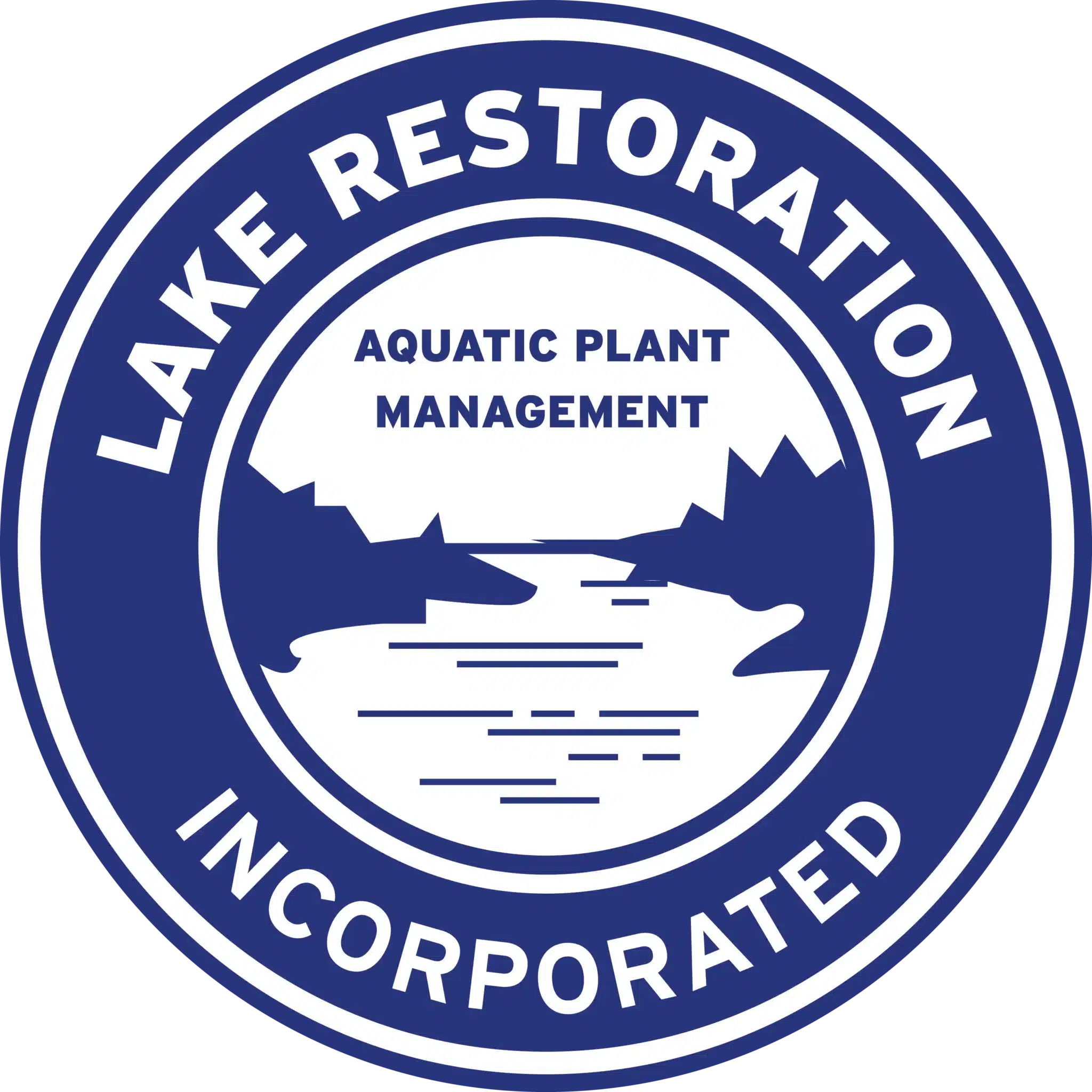
Pond Fountain Guide
Overview
Making the decision to add a fountain to a pond can be a big choice, but it doesn’t have to be overwhelming. There are steps to take that make the process smooth and simple overall. The best fountains are those that meet your needs of improving your water or experience. You can find a great fountain through proper research and appropriate planning.
How to Choose a Fountain
When deciding on a floating fountain, start by identifying what purpose it will be serving. A few of the main uses for fountains are:
- Aeration – increasing the oxygen in the water is better for fish, lessens algae growth and reduces odors.
- Aesthetics – many people enjoy the sight and soothing sound of a pond fountain.
- Water Circulation – circulating water helps reduce odors, limit mosquitoes, and limit some plant and algae growth.
You may have some or all of these purposes, and others. It is important to decide what your main purpose is for the fountain first, and what other purposes you may consider. Next, the size of the pond will help determine what size horsepower motor is best suited for the water body. For example, a ½ horsepower Vitaflume pond aerator fountain motor moves 7,800 gallons per hour, whereas a 1 horsepower motor moves 9,628 gallons per hour. If you are using the Vitaflume for aeration, the ½ HP fountain is good for up to 1 acre, but really shines in ½ acre ponds. Upgrade to the 1 HP unit for up to 1 ½ acres.
Another important factor to consider is power to get to the fountain. It is best to run power down close to the water’s edge to limit the need for extension cords to your fountain. Fountains can draw a considerable amount of energy. They can cost 10-20 cents or more per hour depending on your energy costs, fountain motor size (HP), and what voltage it is. A 220V fountain will draw less current and cost less to run than the same HP motor in 110V. Extension cords can waste energy and increase the hourly cost of your fountain. If they are too small in gauge, extension cords can even prevent the fountain from working correctly. If you expect to need to use extension cords, determine what gauge cord will work for the length you need. If running electricity to the pond just isn’t an option, a solar pond fountain can be a viable option. There will be more upfront costs in selecting a solar cell and battery to power the solar fountain. Technology is getting better to allow these solar fountains more daily run-time.
Additionally, it is a good idea to find out what kind of warranty a company is offering on their products. Will they repair the fountain whenever it’s damaged? Only for a certain amount of time? Only valid on shipping damage? Always be sure to read the fine print and understand exactly what the warranty entails. Furthermore, are parts available for the product should it need them? Even something as simple as a fountain float is good to ask about, just in case it gets damaged at any point. Finally, the cost of the product should be considered as well. Vitaflume fountains shine for their value – durable, high-powered aerating fountains that ship directly from the manufacturer to save you money.
When to Run a Floating Pond Fountain
Once you have purchased the right fountain and the product has arrived, assemble and install the new floating pond fountain. Always thoroughly read any instructions that come with the fountain to ensure it is installed and functioning properly. The finishing touch is to decide when and for how long to run the fountain each day. For aesthetics, most pond fountain owners run their fountains from sunrise to sunset. If aeration for a fish pond is your primary objective, it is actually best to run the fountain from sunset to sunrise. If your goal is water circulation, anytime is great.
Maintenance
Fountains need some basic maintenance. Vitaflume fountain screens should be cleaned off approximately once a month for optimal operation and to prevent clogging of the motor. If there is a large algae bloom in the water or other plants growing that could get stuck in the screen or motor, check for clogging every few days. When using a pond fountain in an area where water bodies freeze over in the winter, the device will need to be properly stored until the water thaws again. After removing the fountain from the pond in the fall, always make sure to clean it off completely and allow it to dry. Then, store the fountain in a place where it will remain dry and be safe from freezing, as this can compromise the effectiveness of the product.
Conclusion
All in all, pond water fountains are great assets to any property, whether they’re maintaining the aquatic ecosystem or simply adding a little extra flair to the view. There may be many options, but knowing the purpose of the fountain, size of motor needed, power source, and expected maintenance all help make the process for finding the right fountain smooth.

